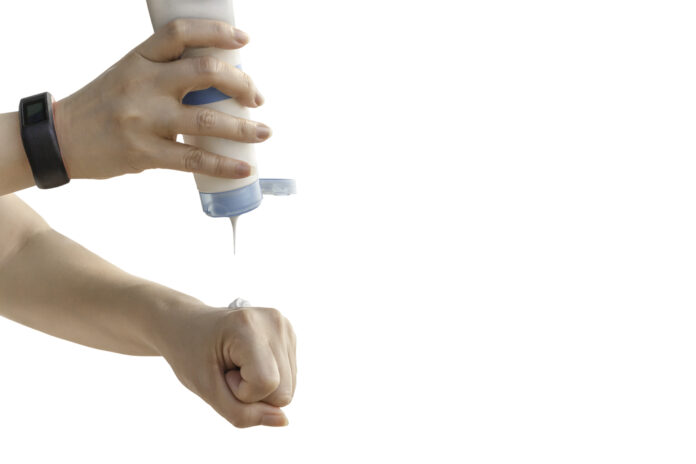A new male contraceptive gel combining two hormones, segesterone acetate (Nestorone) and testosterone, has demonstrated quicker sperm suppression compared to other hormone-based methods, according to a study presented at ENDO 2024, the Endocrine Society’s annual meeting in Boston.
The ongoing multicenter phase 2b clinical trial, funded by the NIH’s Eunice Kennedy Shriver National Institute of Child Health and Human Development, involved 222 men who completed at least three weeks of daily application of the gel. Each dose contained 8 mg of segesterone acetate and 74 mg of testosterone. Participants applied the gel daily to their shoulder blades.
Senior researcher Diana Blithe, Ph.D., chief of the Contraceptive Development Program at the NIH, emphasized the need for a safe, effective, and reversible male contraceptive method. She pointed out that while some hormonal agents have shown potential, their slow onset of sperm suppression remains a significant drawback.
During the study, researchers measured sperm suppression at four-week intervals. The contraceptive threshold was defined as 1 million or fewer sperm per milliliter of semen. By week 15, 86% of participants had reached this level. The median time to achieve sperm suppression was less than 8 weeks, significantly faster than the 9 to 15 weeks observed in prior studies with male hormonal contraceptives administered via injections.
Blithe noted that a faster suppression time could increase the attractiveness and acceptability of this contraceptive method. The gel’s formulation allows for lower doses of testosterone, necessary for sperm suppression, while maintaining normal testosterone levels in the blood to ensure sexual function and other androgen-dependent activities.
As reported by Endocrine Society, the sperm suppression stage of the trial is complete, and the study is now focusing on the contraceptive’s overall effectiveness, safety, acceptability, and the reversibility of its effects after treatment cessation.
























